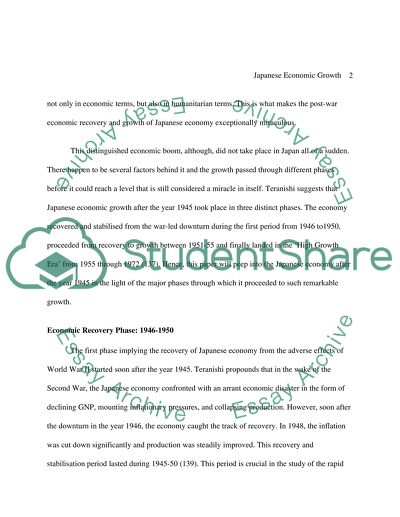Cite this document
(“Stages of Japanese Post-war Economic Growth Case Study”, n.d.)
Retrieved from https://studentshare.org/history/1532587-stages-of-japanese-post-war-economic-growth
Retrieved from https://studentshare.org/history/1532587-stages-of-japanese-post-war-economic-growth
(Stages of Japanese Post-War Economic Growth Case Study)
https://studentshare.org/history/1532587-stages-of-japanese-post-war-economic-growth.
https://studentshare.org/history/1532587-stages-of-japanese-post-war-economic-growth.
“Stages of Japanese Post-War Economic Growth Case Study”, n.d. https://studentshare.org/history/1532587-stages-of-japanese-post-war-economic-growth.


